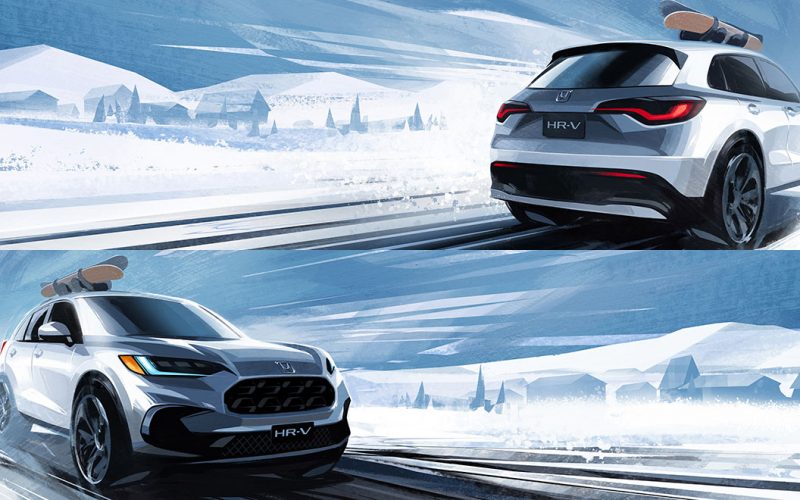
Reading Time: 8 minutesHonda is calling 2022 the “Year of the Crossover,” partially due to 2021 being the year
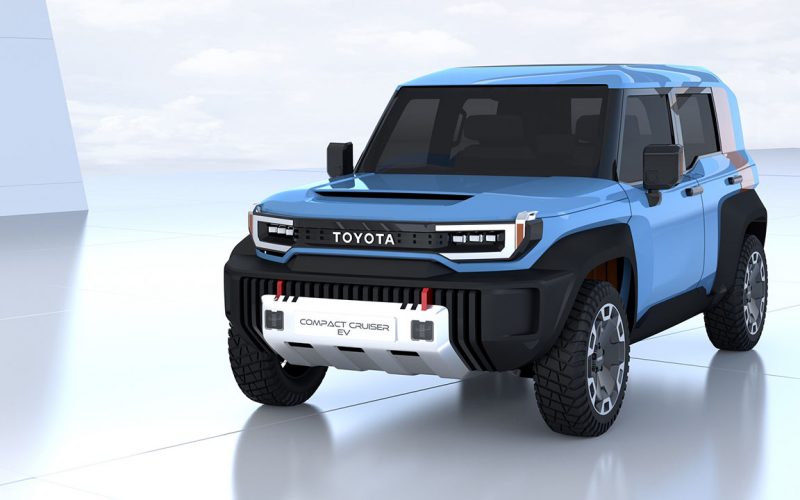
Reading Time: 5 minutesLet’s get this right out in the open: Toyota needs to build a production version of
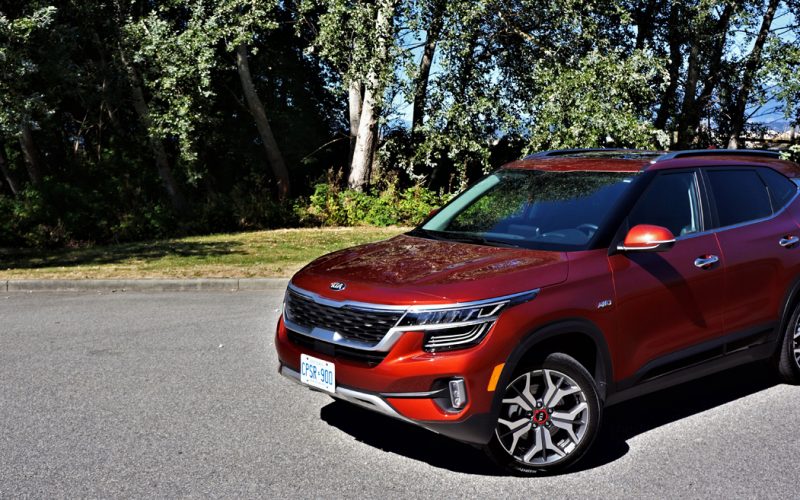
Reading Time: 13 minutesTwo weeks of living with two trims of Kia’s latest Seltos, and it’s now easy for
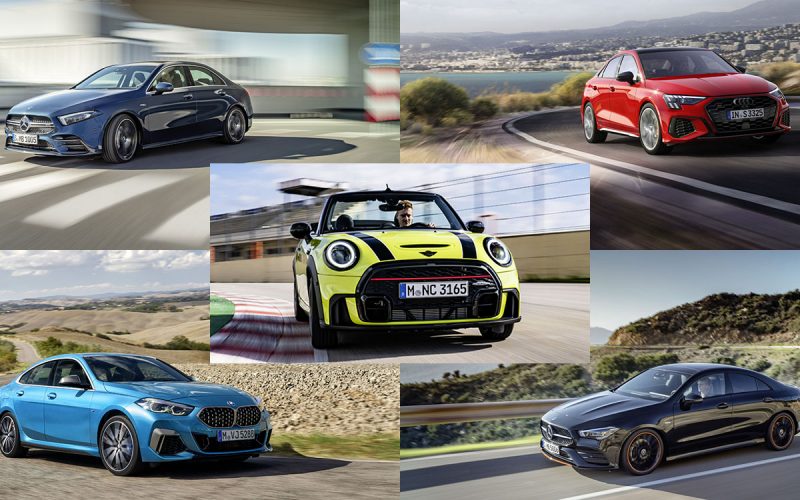
Reading Time: 22 minutesSmall luxury sedans and hatchbacks aren’t selling as well as they once did, but some brands
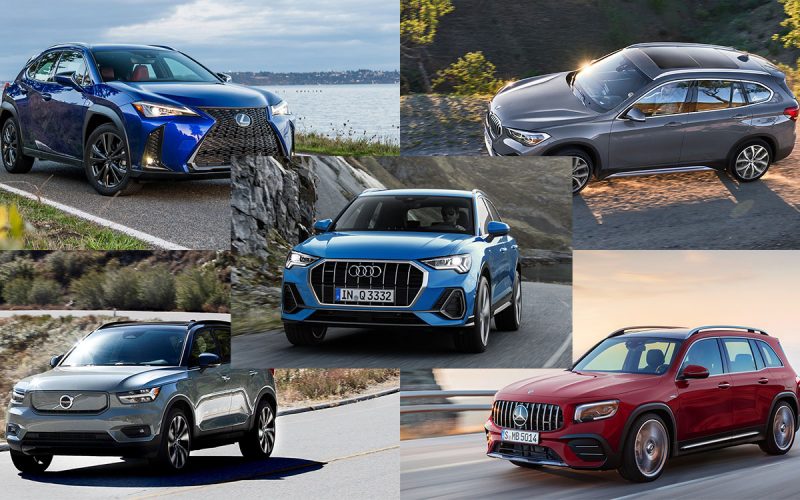
Reading Time: 17 minutesSubcompact crossover SUVs are the new gateway to the luxury market sector, so therefore if a
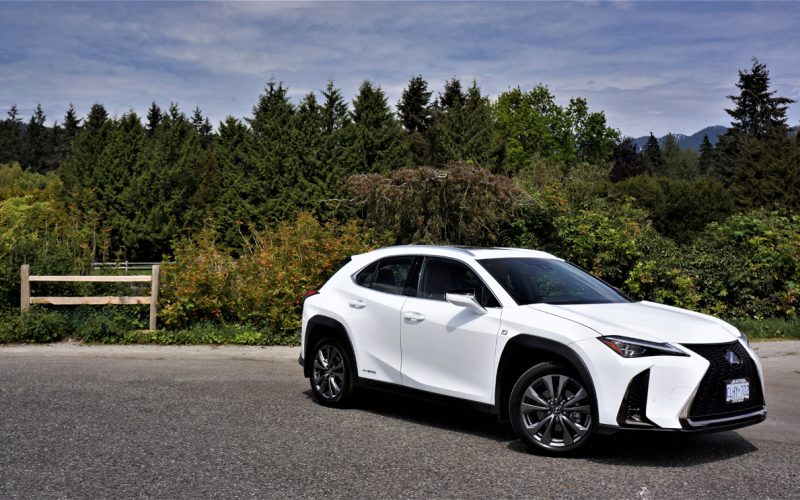
Reading Time: 14 minutesIn the automotive industry, especially the premium sector, there’s no set formula a brand can simply
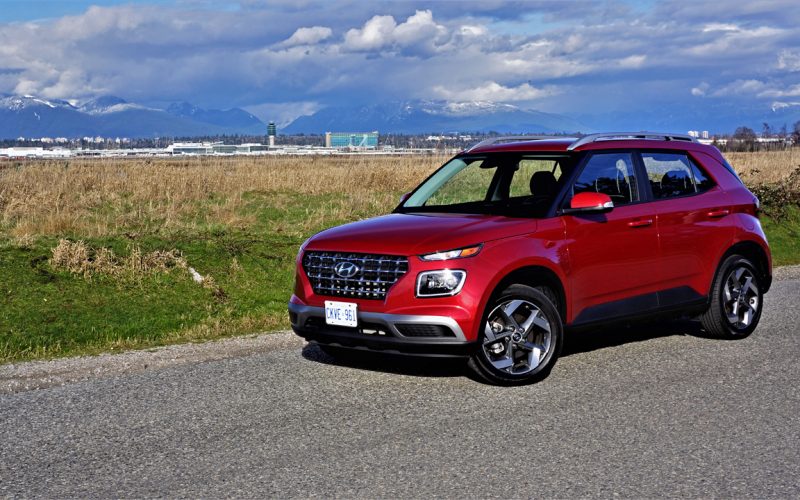
Reading Time: 18 minutesIf you want to know where the future lies in the automotive industry, just look where
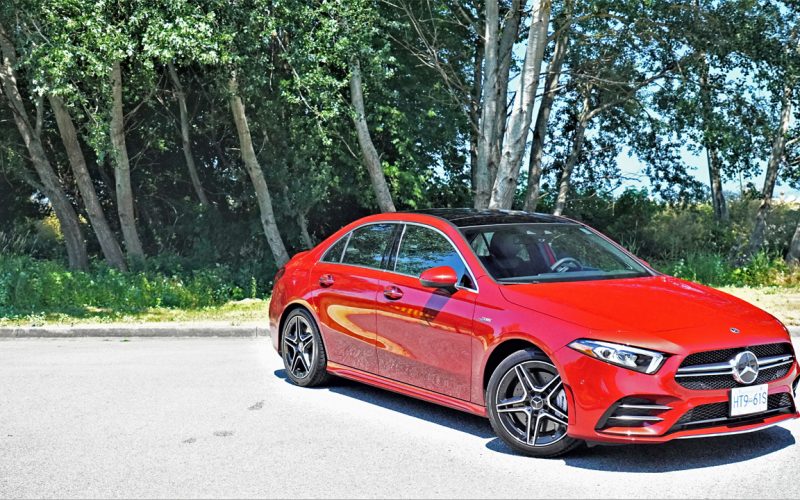
Reading Time: 8 minutesI want you to feel good about being Canadian for a moment. No, it’s not for
© 2025 The Car Magazine. All Rights Reserved, Privacy Policy | Terms of Use